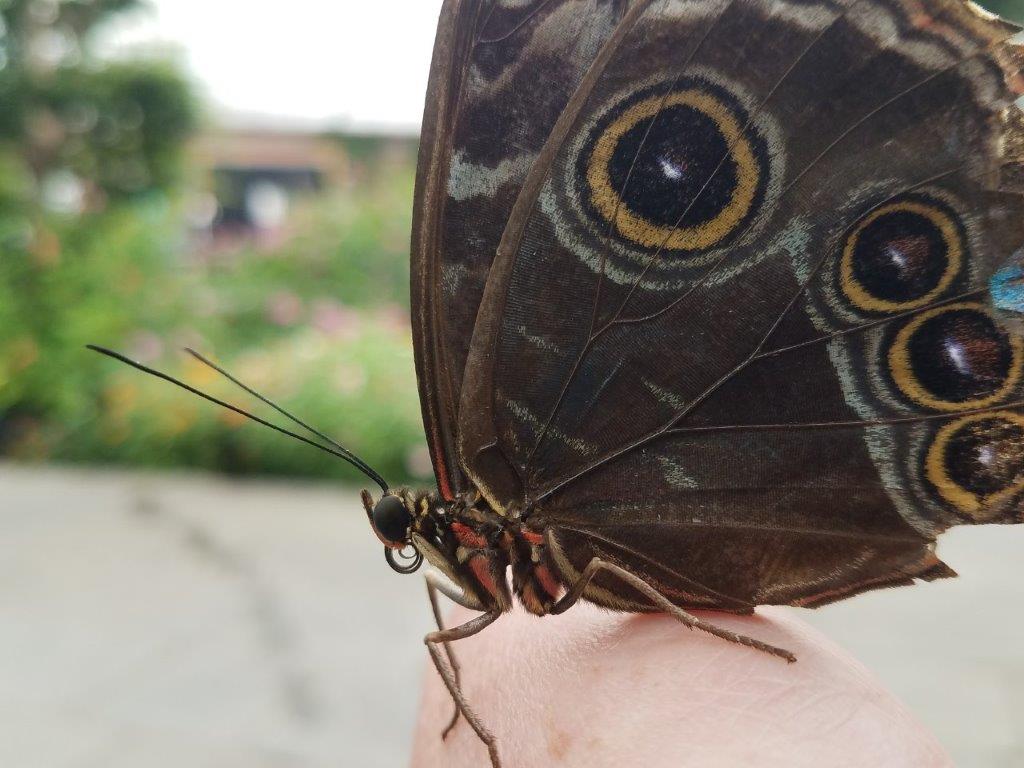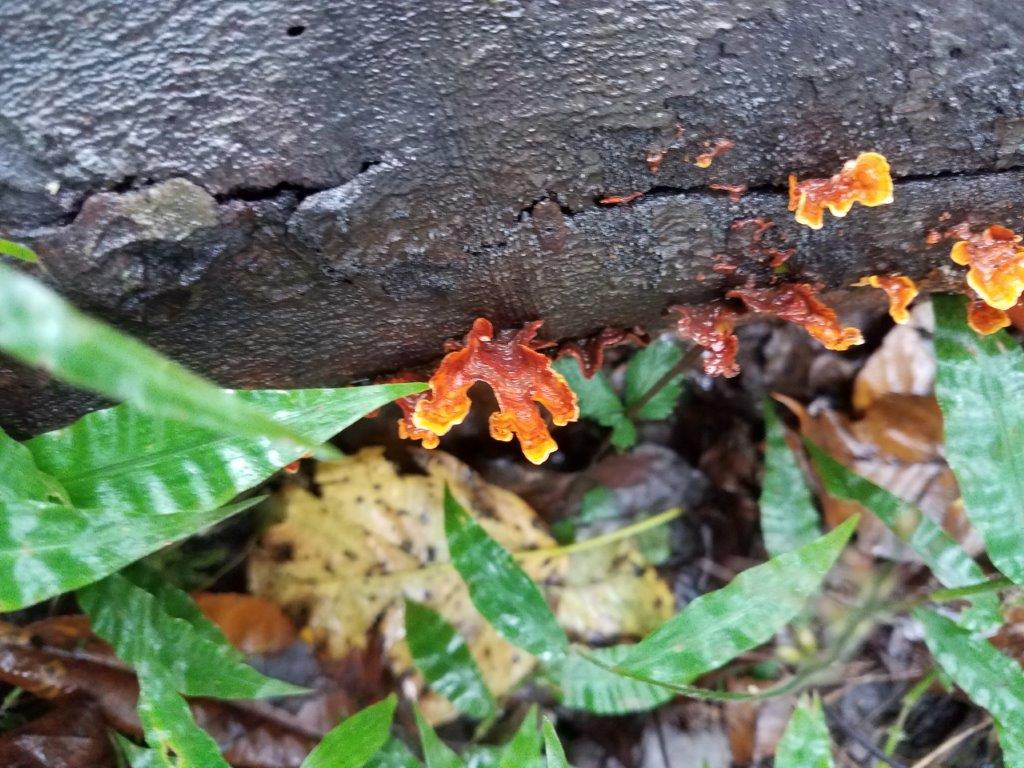Smartphone Nature Photography – part 2
/Continuing from yesterday’s post….
Identification. Sometimes I take a lot of photos so I can identify something later. This was the case with these caterpillars. They were devouring dogwood plants at Brookside Gardens last summer. They remind me of lemon bars (yellow custard underneath powdered sugar). I defaulted to thinking they were a moth or butterfly larvae…but they turned out to be a dogwood sawfly larvae!
Stories. Some pictures tell a story. If you are aware at the time…make sure you take the pictures of the whole story. This Achemon Sphinx Moth was discovered by summer campers going out between rain showers during a nature photography activity. Moths are more active at night and usually are hiding in foliage during the day. This one was on the ground and twitching. I knew from experience in the Brookside Gardens Wings of Fancy exhibit that it had probably been bitten by a spider. We took our pictures and left it where it was. I regret that I was too busy helping campers to keep my camera at the ready to shoot the moth being pulled between two rocks – presumably by the spider that never did make itself visible.
Insects. Insects can be very fast moving and difficult to photograph no matter what camera you have. They often are slow or immobile when it is cooler. Cool mornings are good to find cicadas – silent and still…but maybe not dead. Butterflies can be under leaves roosting if it’s cool…or it is dusk and they are seeking a place to spend the night. Then there are masses of milkweed bugs that are prevalent in the fall. They are moving but there are so many that it’s easy enough to get a good number; I always try to figure out how many instars are shown in the same picture.
And sometimes it is just luck. This blue morpho sat on my wrist while I was at the exit of last summer’s butterfly exhibit at Brookside Gardens. I had my phone on the lanyard so was able to pull it out and one-hand the phone to take the picture.
Specimens. There are nature photography shots that might be of specimens rather than out in the field. The shot of the blue morpho wing was from a specimen that had died using the 15x macro lens. I’ll try the 60x next summer. I included the label in the picture of the dogwood tree cookie…for documentation; I liked the irregularity of the rings.
Wet day color. Sometimes a rainy-day hike is a good thing. The color of fungus is often more intense on these days – and the phone handles the raindrops better than more traditional cameras.
Light. Sometimes an image is made by something special about the light – spotlighted ferns, the shadowing of a sectioned Nautilus shell, a sunrise.
Clipping. Because the camera only has a digital zoom, I often take the picture without zooming then make a clip after I get home. In the example below – the two butterflies (tiger swallowtail and male monarch) are clearly identifiable even though the clip has a painterly look.
So – go out and take some pictures! The only blooms we have outdoors right now are the witch hazels. There are other winter opportunities too: tracks in the snow (or mud), seed pods, snow landscapes, and ice crystals. And maybe a squirrel will be close enough and still enough….




































